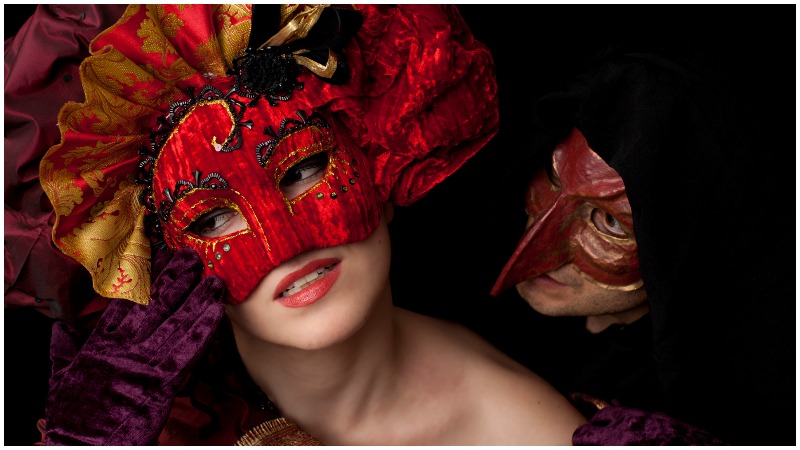Fidelity among noblemen and figures of power throughout history wasn’t exactly considered obligatory.
Rulers of European dynasties, heads of the Catholic Church, kings and queens of all sorts ― all have been known for their appetites when it came to grooming multiple lovers.
However, the embarrassment of being caught in adultery was still something that wasn’t advised, as leaders were to set an example ― that of a loving husband/spouse and a morally responsible person in general.
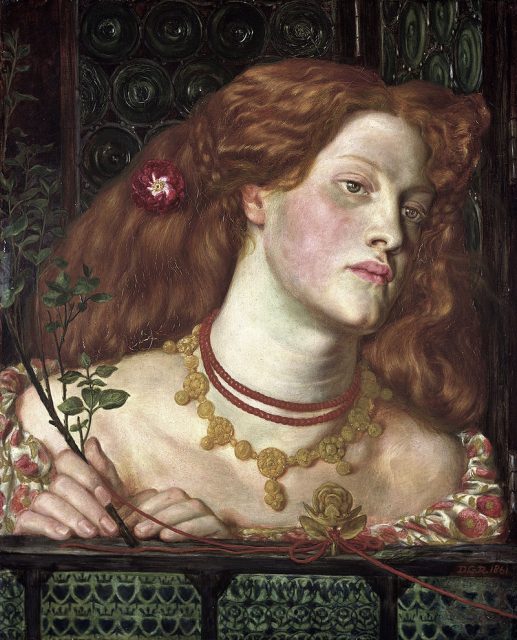
So how did they cope with such double standards?
Well, by keeping their love affairs in absolute secrecy, of course. It is amazing to which lengths some of these high-profile lovers were ready to go in order to keep their adultery secret ― from hidden chambers to complex escape routes, they did it all with style.
We give you a selection of some of the most notorious and creative solutions when it comes to keeping your affairs in order, so to say.
Louis XV’s Flying Chair
Let’s start with one of Europe’s most interesting courts when it came to gossip and mischievous behavior. The French Bourbon dynasty was known as one of the most powerful and certainly most influential royal families on the continent. While their political might was undoubtedly great, it was the decadent everyday life of the French monarchs that truly defined their reign.
This spawned numerous anecdotes regarding rulers and their mistresses, and so was the case with Louis XIV, who was the king of France from 1715 to 1774.
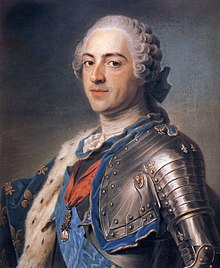
In order to avoid embarrassment, the king was forced to resolve to technical ingenuity, creating one of the world’s first passenger elevators.
What was appropriately named a “flying chair” was built as a secret tube intended to transport Louis’ mistresses directly into his private apartment.
Designed to resemble a small cabinet, from the inside of which a rope hung was hung. In order to raise or lower the “chair” the occupant would pull the rope, activating a mechanism composed of a number of counterweights and pulleys.
Louis employed one of his favorite machinists, Blaise-Henri Arnoult, to make him the flying chair and the design was reportedly very effective, enabling the King to enter the elevator from his balcony.
Marie Antoinette’s Petit Trianon
As time went by, Versailles was becoming the center of all court life in France. No wonder that it was here that Marie Antoinette chose one of its many chateaus to use as her refuge ― the Petit Trianon.
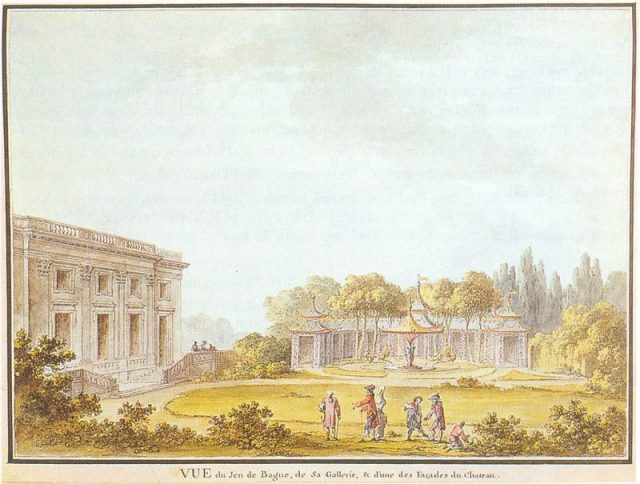
Initially built as a retreat for King Louis XV and his mistress, Madame de Pompadour, it was adopted for the same reason by the infamous wife of Louis XVI.
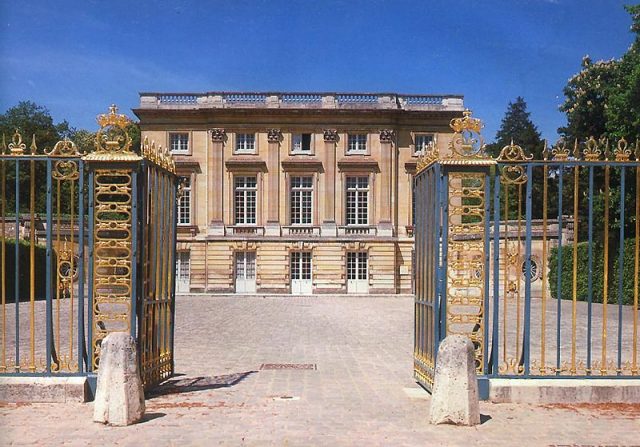
Drawing inspiration from English gardens of the time, the Petit Trianon included a pond and an artificial cave, all adding to the romantic image, which she sure knew how to exploit when it came to her more intimate guests.
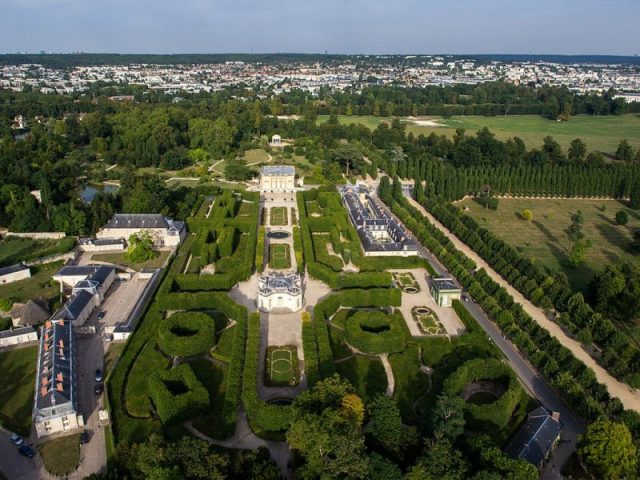
The grotto itself primarily serves as a bridge on the small lake, but it is also a perfect place for secret meetings ― ones where a kiss could easily go unnoticed by the watchful eyes of her husband’s informers, who on the other hand was accused of being the only French monarch in history never to have had an extramarital affair.
Love Cupboard of George IV
Presumably, everyone is familiar with the “secret passage behind a bookshelf” trick. You know, the one that is activated by pulling a particular book, which then causes the bookshelf to move, revealing a hidden hallway.
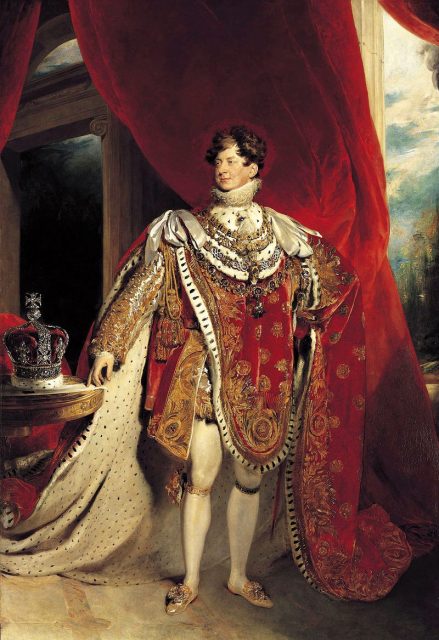
Well, George IV, the King of England from 1820 to 1830, had one just like that in his occasional residence at Chatsworth House.
The passage behind the bookshelf connected his room with the room of Maria Fitzherbert, his forbidden sweetheart who also resided in the mansion.
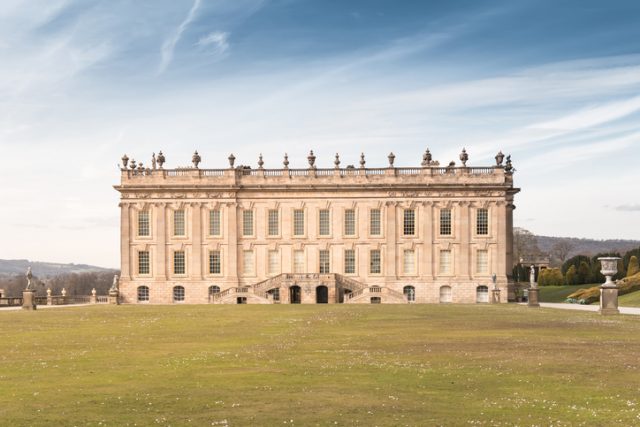
She would receive her secret lover through a cupboard which concealed the tunnel.
Unfortunately for them, their relationship was forbidden due to Fitzherbert being a Catholic in a time when English royalty was strictly Protestant and prohibited from being intimate with followers of the Catholic faith.
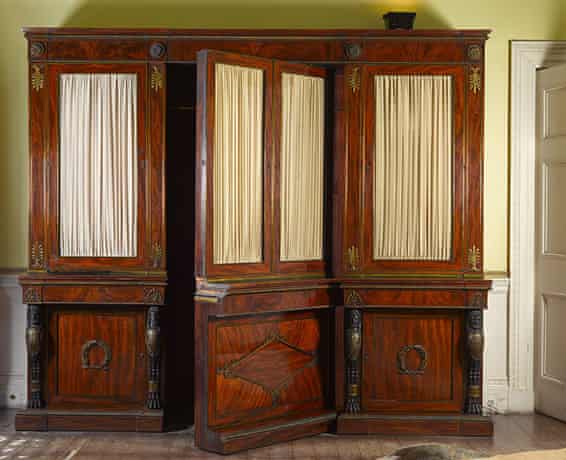
The two decided to secretly elope. After years of hardships, their marriage was recognized as official when George become king, and thus head of the Church of England.
Charles II and the Tunnel of Love
While George IV was thinking of ways to come to his one true love despite social boundaries, his 17th century predecessor, Charles II, was just looking for ways to have some common people’s fun, without being pestered by an entourage of servants, advisors, and courtiers.
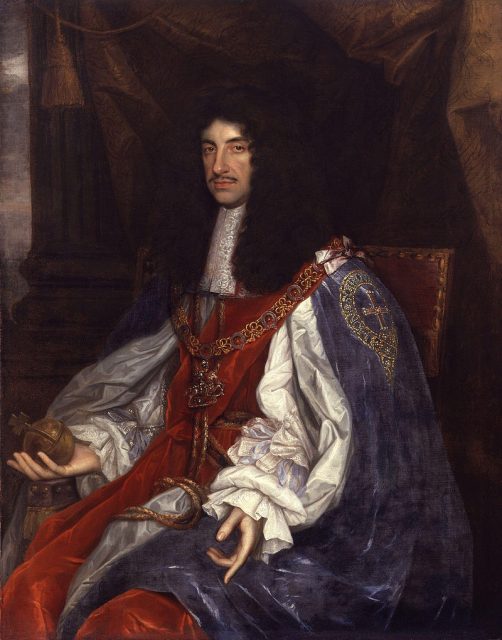
So he devised a secret passage as well ― one that allegedly led from St. James’s Palace in Pall Mall to a winery located just around the corner in St. James Street.
The famous and ancient winery Berry Bros and Rudd has stood for centuries, and holds beneath it an intricate network of cellars and tunnels.
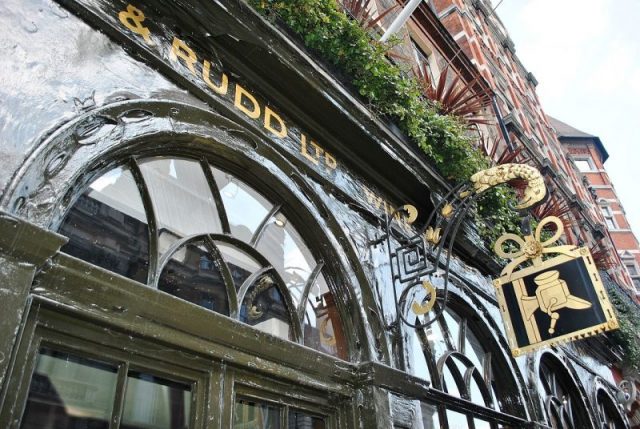
Rumor has it that King Charles II often visited the winery through one such tunnel, where he frequently used the services of a brothel which functioned as part of the establishment. Even though this rumor is not confirmed, it certainly sounds like something that the “Merry Monarch Charles II” would take part in.
Pope Alexander VI Secret Passage
Rodrigo de Borgia, who became Pope Alexander VI in 1492 ― the same year Christopher Columbus discovered the New World ― is perhaps the most infamous of all the leaders of the Roman-Catholic Church.
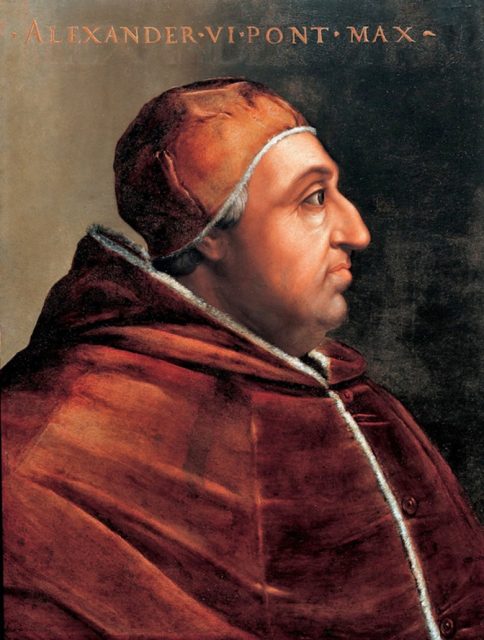
If having mistresses wasn’t advisable for kings and queens of Europe, it was certainly prohibited for religious figures of such high profile.
However Popes, as other persons of great power and influence, were at the time best known for their intrigues.
Pope Alexander had a taste for beautiful women, first developing a relationship with Vannozza dei Cattanei, with whom he had four children.
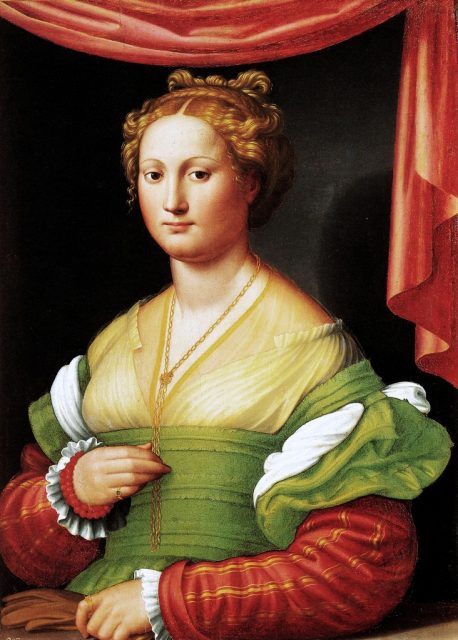
Despite the social stigma, Alexander VI acknowledged his children, even though they were born outside of wedlock, which was unimaginable at the time for a person with such a high position within the Church.
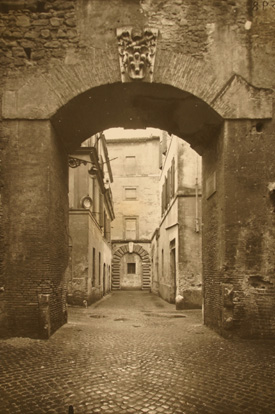
Afterward, the Pope began to nurture an affair with Giulia Farnese, who was a wife of an influential nobleman from the Orsini family. Needless to say, this was controversial as well.
In order to escape detection from Vatican’s evesdroppers, the Pope adopted a secret route, originally built in 1277 to enable swift escape for the incumbent Pope in times of danger, to serve as his personal hidden love-path.
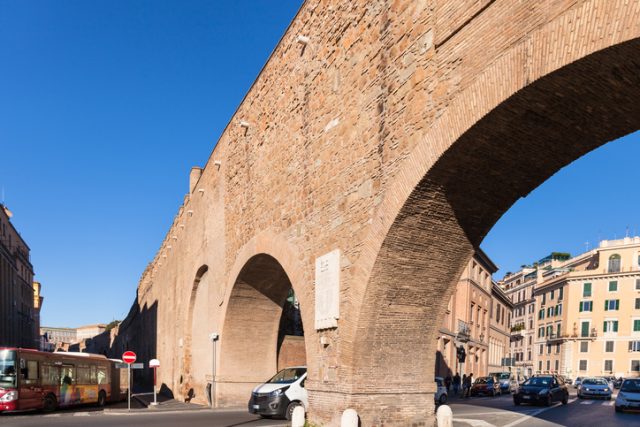
It is a 2,600-feet-long narrow passage leading from the Vatican City into Sant’Angelo Castle, the traditional Papal stronghold intended to serve as a last stand in case of an attack on Rome.
In times of peace, this was the route used by Giulia Farnese, also known as “The Bride of Christ” among the Roman gossip girls of the time. As she and the Pope were its most frequent users, the route too gained a nickname ― Passetto di Borgo.
Read another story from us: The King who Placed his Deceased Wife on the Throne
However, when Charles VIII of France invaded Italy and subsequently the Papal States and Rome in 1495, Pope Alexander VI was glad that his love path had indeed served its initial purpose as he sought refuge in the impenetrable fortress of Sant’Angelo.
Nikola Budanovic is a freelance journalist who has worked for various media outlets such as Vice, War History Online, The Vintage News, and Taste of Cinema. His main areas of interest are history, particularly military history, literature and film.
